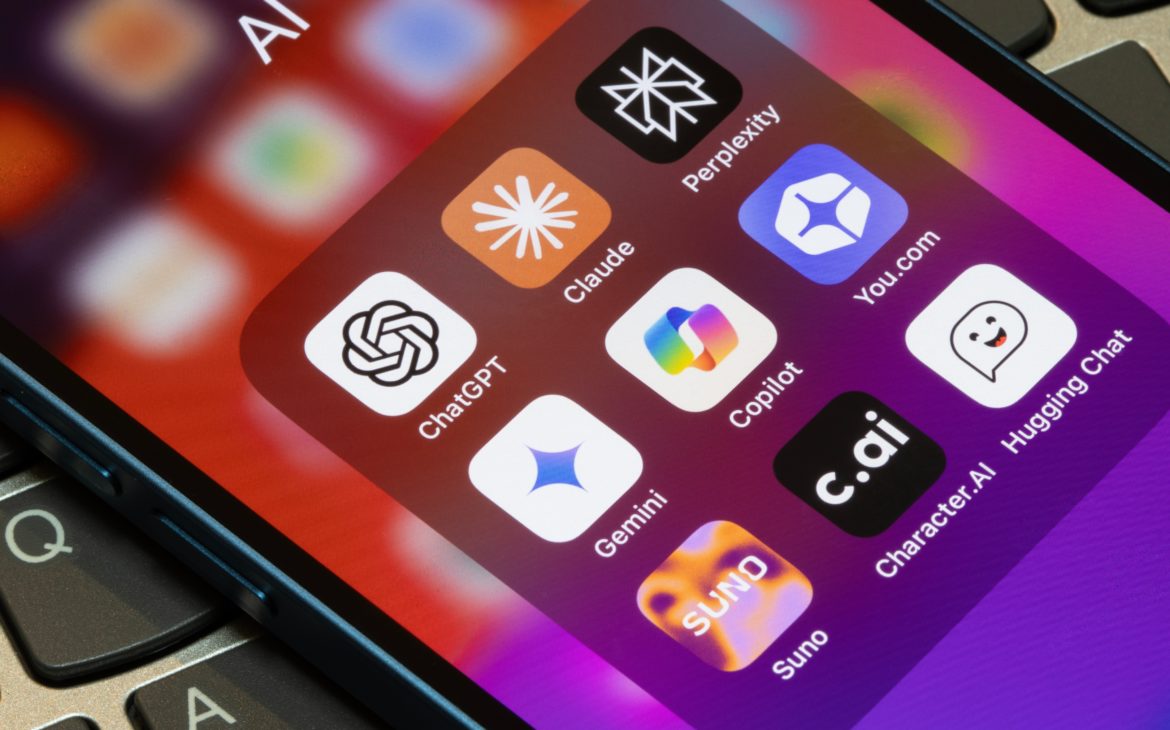OpenAI has taken a major step in transforming the way we use artificial intelligence in daily life and work by enabling applications within ChatGPT. This functionality means that users are no longer limited to just textual responses from the model but can directly access a variety of applications within the interface, greatly increasing convenience and productivity. For example, it is now possible to search for information, generate visual content, analyze data, or even use specialized tools for work and education without switching between different platforms.
Integrating applications within ChatGPT also represents an evolution of the platform itself, turning it into a central hub for digital activities. Users can now combine the power of language models with real-world functionalities, opening the door to new ways of working and creative expression. OpenAI emphasizes that this is just the beginning and over time the availability of applications will expand, adapting to the needs of professionals, students and everyone who regularly uses AI tools.
However, this change also brings challenges. Data privacy and security become even more important because applications can process sensitive information directly within ChatGPT. OpenAI has already stressed that all activity is closely monitored and that data protection measures are in place so that users can safely access these new functionalities without risk of unauthorized access or data leaks. At the same time, the development of such integrations creates opportunities for innovative approaches in education, business and creative industries, where AI can genuinely simplify complex tasks.
In conclusion, introducing applications within ChatGPT is not just a technical innovation, it signals a broader shift in how artificial intelligence is becoming a central part of digital life. Integrating tools within a single interface provides users with greater flexibility, efficiency and creative freedom while emphasizing the importance of a safe and thoughtful approach to AI technology. This step demonstrates that the boundaries between intelligent systems and practical applications are increasingly blurring and the future of digital productivity is becoming more interactive and user-centered.
